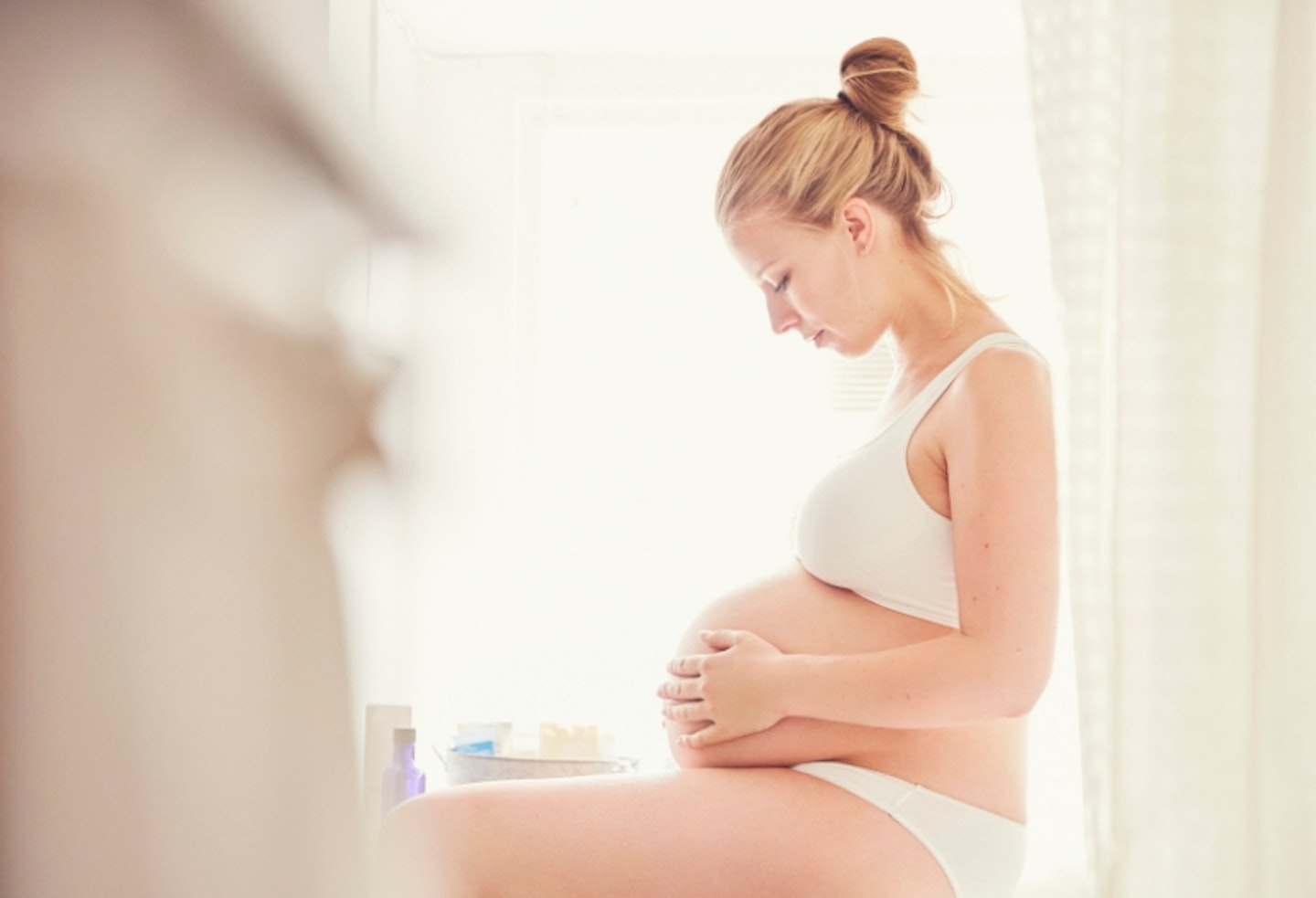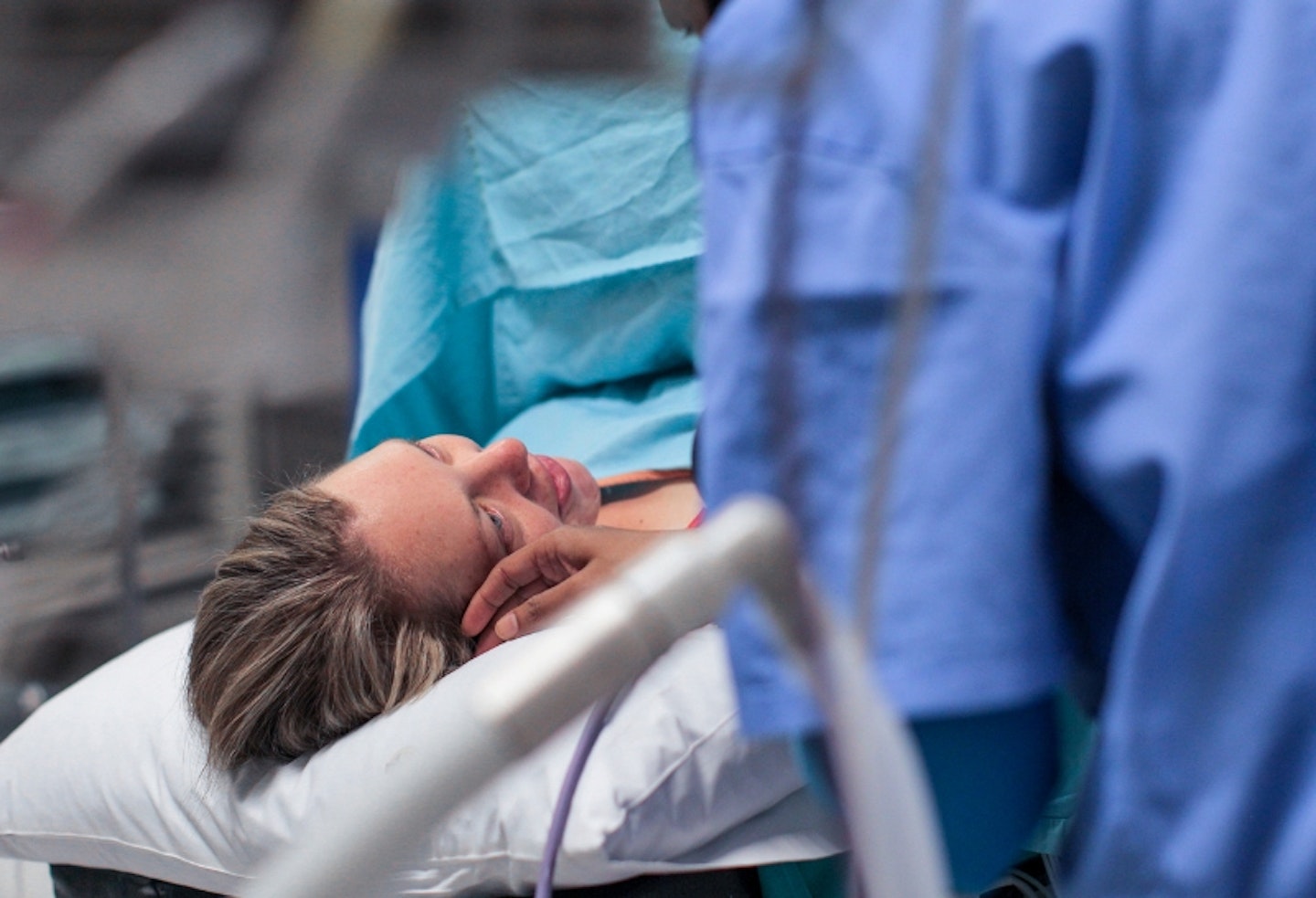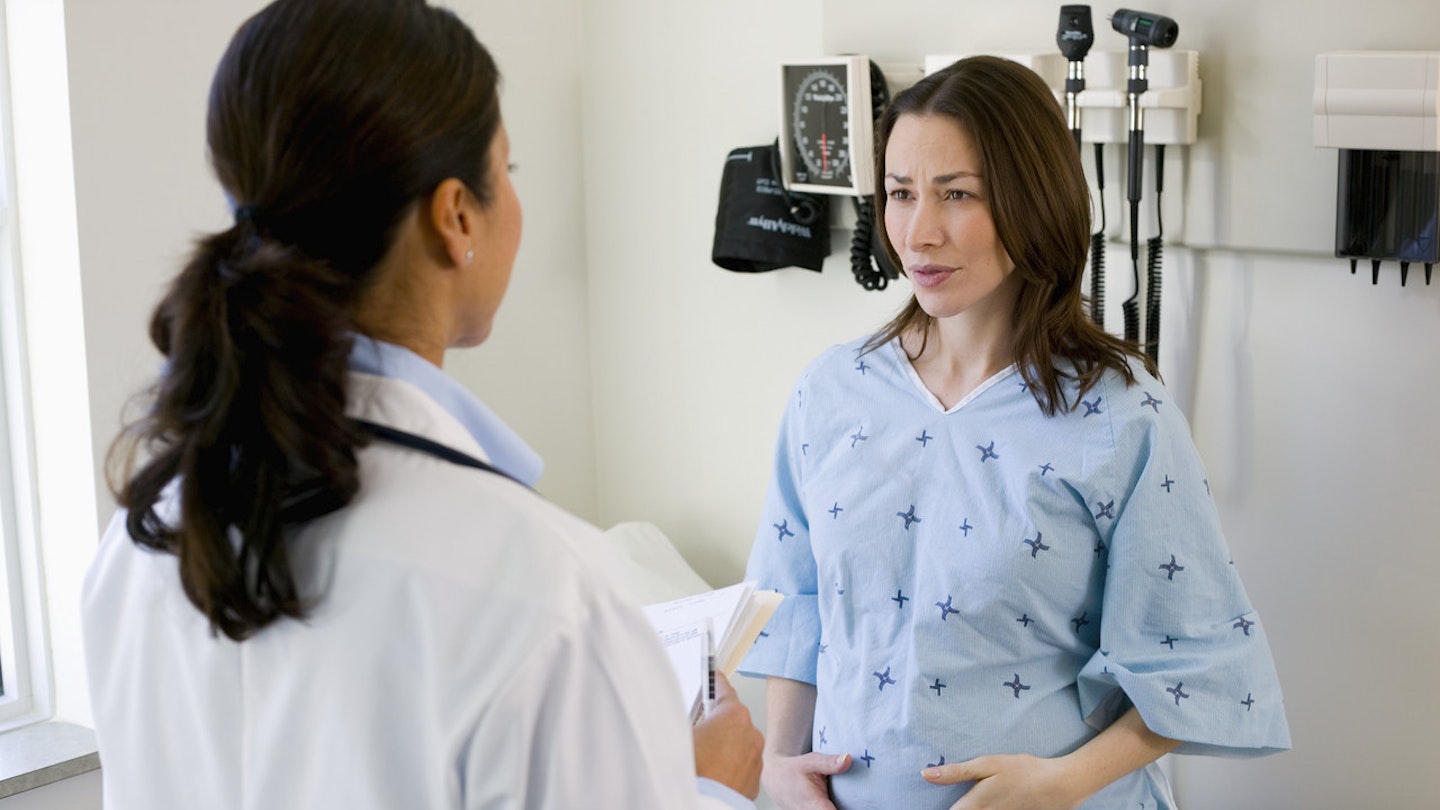The placenta is essential for getting nutrients to your baby during pregnancy via the umbilical cord.
Placenta praevia is the medical term for a low-lying placenta or a placenta which is low down in the womb. While fairly common in pregnancy, it could have an impact on your birth plan.
Shreelata Data, a Consultant in Obstetrics and Gynaecology, gives us her expert opinion on everything you need to know about placenta praevia.
What is a low lying placenta?
Placenta praevia is when the placenta is lying too low in your uterus so that it covers your cervix. This is picked up during ultrasound scans and is also described as a low-lying placenta. ‘In most cases, the placenta moves upwards as the pregnancy progresses. For some women, however, the placenta stays in the lower part of the womb in the last months of pregnancy,’ explains Shreelata Datta.
What causes a low lying placenta?
The placenta simply grows wherever the embryo implants itself in the uterus. If the embryo is implanted lower down in the uterus, the placenta can grow down on the uterine wall or over the cervix which is what causes placenta praevia.
Placenta praevia that exists early in pregnancy often resolves itself as pregnancy progresses. This is because as the uterus expands, it pulls the placenta up and away from the cervix.
However, if the placenta is covering the cervix fully at any point during pregnancy, it is unlikely to resolve itself. There are two types of placenta praevia. If the placenta is partly covering the cervix it called minor placenta praevia and if it is completely covering the cervix it is called major placenta praevia.
What are the symptoms of placenta praevia?
There is not a long list of symptoms of placenta praevia and it does not usually cause pain. If you have placenta praevia in the latter half of your pregnancy this can cause brown discharge or vaginal bleeding. This is because as the placenta starts to come away from the inside of the womb wall, you are likely to bleed. The bleeding is 'usually painless and may be more likely to occur after having sex,’ says Shreelata.
‘Bleeding from placenta praevia can be heavy, so if you experience any bleeding, keep an eye on how much on sanitary towels to be able to inform your doctor as much as possible what you have experienced,’ says Shreelata. Monitoring your bleeding is important as spotting or bleeding during early or late pregnancy may happen for several reasons, meaning placenta praevia may not be the cause.
Some women do experience pain or contractions alongside the bleeding. If you are suffering from chronic stomach pains then visit your GP. ‘You should always contact the hospital if you have any bleeding, contractions or pain,’ says Shreelata.
There are also certain factors which make you more at more risk of placenta praevia.
Placenta praevia risk factors:
Placenta praevia risk factors
 1 of 5
1 of 51) Having previously had placenta praevia
If during a previous pregnancy you were diagnosed with placenta praevia then this can minimally increase your chances of getting it again.
 2 of 5
2 of 52) A previous c-section
If you have previously had a c-section this can increase your chances of having placenta praevia. In the BMC Pregnancy Childbirth journal, a 2011 study confirmed that a previous c-section increases your chances of getting placenta praevia.
'The rate of placenta previa at second birth for women with vaginal first births was 4.4 per 1000 births, compared to 8.7 per 1000 births for women with a c-section at first birth.'
 3 of 5
3 of 53) Previous uterine surgery
It is often thought that any previous uterine surgery or a previous abortion could increase your chances of placenta praevia. However, one 2011 study in the Journal of the Medical Assocation of Thailand found that there was no statistical significance between having uterine surgery and being diagnosed with placenta praevia in the future.
However, if during uterine surgery the uterus was scarred, it can increase the chances of being diagnosed with placenta praevia. A 2015 study in the Pakistan Journal of Medical Sciences found that the frequency of placenta praevia in a non-scarred uterus was 32.45% and the frequency in a prevously scarred uterus was 67.54%.
 4 of 5
4 of 54) Smoking
Smoking during pregnancy can also increase the risk of placenta praevia. The NHS recommends giving up smoking when pregnant as it can harm your unborn baby and it will limit the risk of many pregnancy complications.
 5 of 5
5 of 55) Carrying a multiple pregnancy
Previously having a multiple pregnancy could increase your risk of placenta praevia. This is believed to be because mothers expecting twins or more are more likely to give birth via c-section, which as we previously showed, is a factor which increases your risk of placenta praevia.
How does the placenta praevia affect the pregnancy?
If you are diagnosed with placenta praevia, throughout your pregnancy you will be given additional ultrasounds to monitor the position.
If the bleeding you experience is severe, you may need to be admitted to hospital or certain medications may be prescribed to prevent early labour. If the bleeding is light, women are often recommended to rest at home. Abstaining from sex and exercise is also suggested, as these can increase the likelihood of bleeding.
When it comes to labour, if the placenta does not cover your cervix, you may be able to attempt a vaginal delivery. However, most women who have placenta praevia at the end of their pregnancy and near to their due date will give birth via c-section. This is because the placenta is blocking your baby's exit route from the womb.
Is placenta praevia dangerous for the baby?
The main consequence of placenta praevia is that you will have to have your baby by caesarean. However, there are rare but serious conditions and complications to consider.
Placenta accreta
This uncommon complication occurs if the placenta embeds itself too deeply in the wall of your womb. This means the placenta remains attached to the womb instead of coming away after you have given birth. This is more likely to happen if you have previously had one or more caesareans. Your doctors will have your medical history and be able to access your risk of this complication.
Vasa praevia
If the blood vessels from the umbilical cord run through the membranes that cover the cervix they are not protected by the umbilical cord or placenta. This can cause complications, as their lack of protection means they can easily tear and cause bleeding. This is complication is rare, and only happens in between one and three cases in every 6000 pregnancies.
This bleeding put puts your baby's life at risk and not yours. If this complication is detected early, you may be admitted to the hospital from as early as 28 weeks. However, it may only be discovered during labour or once your waters have broken. If you are found to have vasa praevia during labour, you will have to have your baby by an emergency caesarean.
Do you have placenta praevia? Let us know on Facebook or Twitter!
Make sure you're following Mother & Baby on Instagram for relatable memes, inspiring stories and parenting hacks!
Have approx 60 seconds to spare? Why not join thousands of mums-to-be and start your very own Amazon baby wish list! They're absolutely free to create and perfect to send to the friends, aunties and your mum to make sure you're getting the baby products you really need...Click here!
